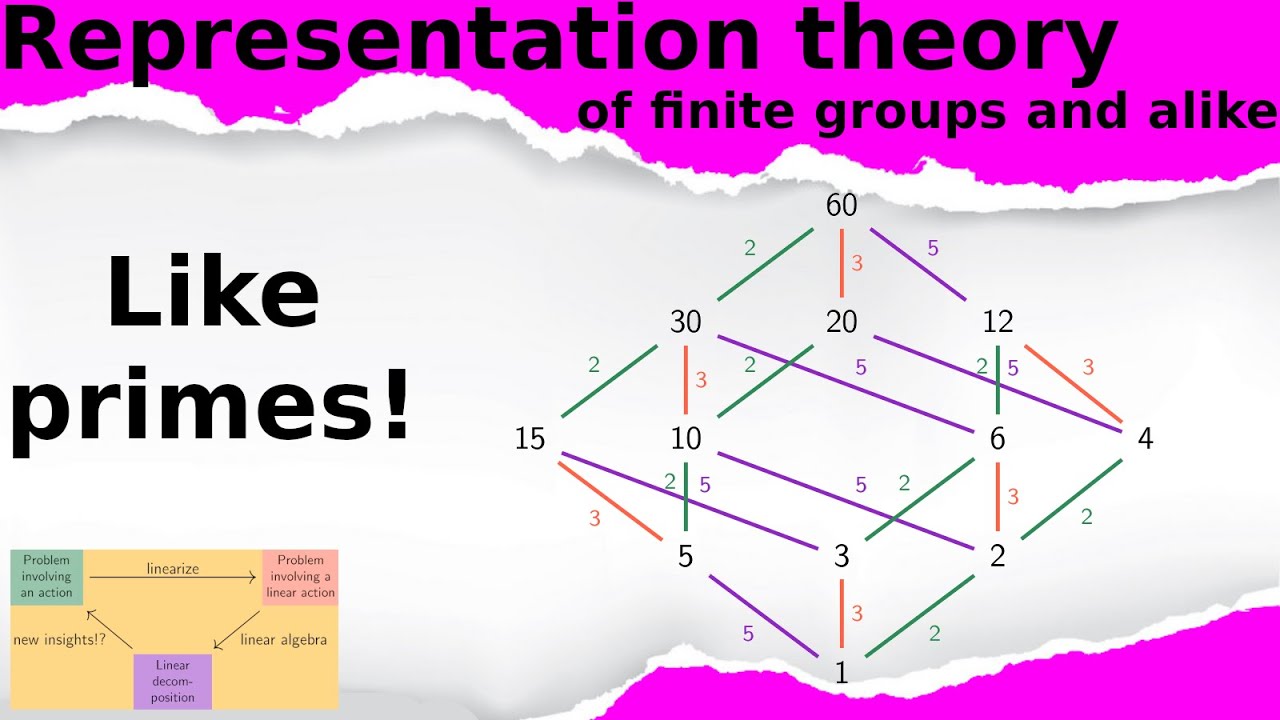
The Jordan-Hölder Theorem, a fundamental concept in group theory, plays a pivotal role in understanding the structure of groups. This theorem, named after Camille Jordan and Otto Hölder, provides profound insights into the composition of groups and the uniqueness of their factorization. By delving into the intricate nature of group theory, the Jordan-Hölder Theorem unveils a captivating world of mathematical relationships and structures.
In this article, we will explore seven essential facts about the Jordan-Hölder Theorem, shedding light on its significance and applications. From its historical origins to its far-reaching implications in modern mathematics, each fact will unravel a distinct aspect of this theorem, enriching our understanding of its profound impact on the mathematical landscape. Let's embark on a journey through the realms of group theory and uncover the intriguing facets of the Jordan-Hölder Theorem.
Key Takeaways:
- The Jordan-Hölder Theorem shows that if a group has two composition series, they have the same length and factors, helping us understand the structure of groups in math.
- This theorem is like a superpower for mathematicians, letting them analyze and understand the inner workings of groups, and it has a big impact on many areas of math beyond just group theory.
The Jordan-Hölder Theorem is a fundamental result in mathematics.
The Jordan-Hölder Theorem, named after Camille Jordan and Otto Hölder, is a fundamental result in mathematics, particularly in the field of group theory. This theorem addresses the structure of composition series of groups, providing crucial insights into the nature of group theory and its applications in various mathematical contexts.
It states that if two composition series of a group exist, then they have the same length and the same factors, up to permutation and isomorphism.
The theorem asserts that if a group possesses two composition series, then these series exhibit remarkable similarities. Specifically, they share the same length and the same factors, albeit in potentially different orders and with the possibility of isomorphism between the factors.
The theorem plays a pivotal role in the study of group theory and abstract algebra.
In the realm of group theory and abstract algebra, the Jordan-Hölder Theorem serves as a cornerstone, offering profound insights into the structure and properties of groups. By elucidating the relationships between composition series, this theorem facilitates a deeper understanding of group theory and its diverse applications in mathematics and beyond.
It provides a powerful tool for analyzing the internal structure of groups.
By establishing the equivalence of composition series with respect to length and factors, the Jordan-Hölder Theorem equips mathematicians with a powerful tool for dissecting and comprehending the internal structure of groups. This analytical framework enables the exploration of intricate group properties and the identification of common elements across different composition series.
The theorem has far-reaching implications in various mathematical disciplines.
The implications of the Jordan-Hölder Theorem extend beyond group theory, permeating diverse mathematical disciplines such as ring theory, field theory, and module theory. Its influence reverberates through abstract algebra and beyond, shaping the theoretical underpinnings of mathematical concepts and applications.
It underscores the significance of composition series in understanding group structure.
By emphasizing the importance of composition series and their role in elucidating group structure, the Jordan-Hölder Theorem underscores the foundational value of these series in the realm of group theory. This emphasis highlights the utility of composition series as a lens through which the inner workings of groups can be systematically analyzed and comprehended.
The theorem has inspired further developments and extensions in mathematical research.
The profound implications of the Jordan-Hölder Theorem have sparked ongoing exploration and innovation in mathematical research, leading to the development of extensions, refinements, and applications in diverse mathematical domains. This enduring impact underscores the enduring relevance and significance of this fundamental theorem in the landscape of mathematical inquiry.
In conclusion, the Jordan-Hölder Theorem stands as a cornerstone of group theory, offering profound insights into the structure and properties of groups while exerting a far-reaching influence across various mathematical disciplines. Its enduring relevance and impact underscore its status as a foundational result in the realm of abstract algebra and mathematical theory.
Conclusion
In conclusion, the Jordan-Hölder Theorem stands as a fundamental concept in the realm of mathematical sciences. Its significance lies in providing a powerful tool for analyzing and understanding the structure of mathematical objects, particularly in the field of group theory. By revealing the underlying composition factors and their uniqueness up to isomorphism, this theorem offers profound insights into the intricate nature of mathematical structures. The theorem's impact extends across various branches of mathematics, serving as a cornerstone for theoretical developments and practical applications alike.
FAQs
What is the significance of the Jordan-Hölder Theorem?
The Jordan-Hölder Theorem holds immense significance in mathematics, particularly in group theory, as it provides a framework for understanding the composition and structure of mathematical objects. It establishes the uniqueness of composition series and sheds light on the fundamental building blocks of mathematical structures.
How does the Jordan-Hölder Theorem contribute to mathematical understanding?
The theorem contributes to mathematical understanding by revealing the essential composition factors of mathematical objects and their uniqueness up to isomorphism. This insight allows mathematicians to analyze and classify structures, leading to advancements in various mathematical disciplines.
Was this page helpful?
Our commitment to delivering trustworthy and engaging content is at the heart of what we do. Each fact on our site is contributed by real users like you, bringing a wealth of diverse insights and information. To ensure the highest standards of accuracy and reliability, our dedicated editors meticulously review each submission. This process guarantees that the facts we share are not only fascinating but also credible. Trust in our commitment to quality and authenticity as you explore and learn with us.


